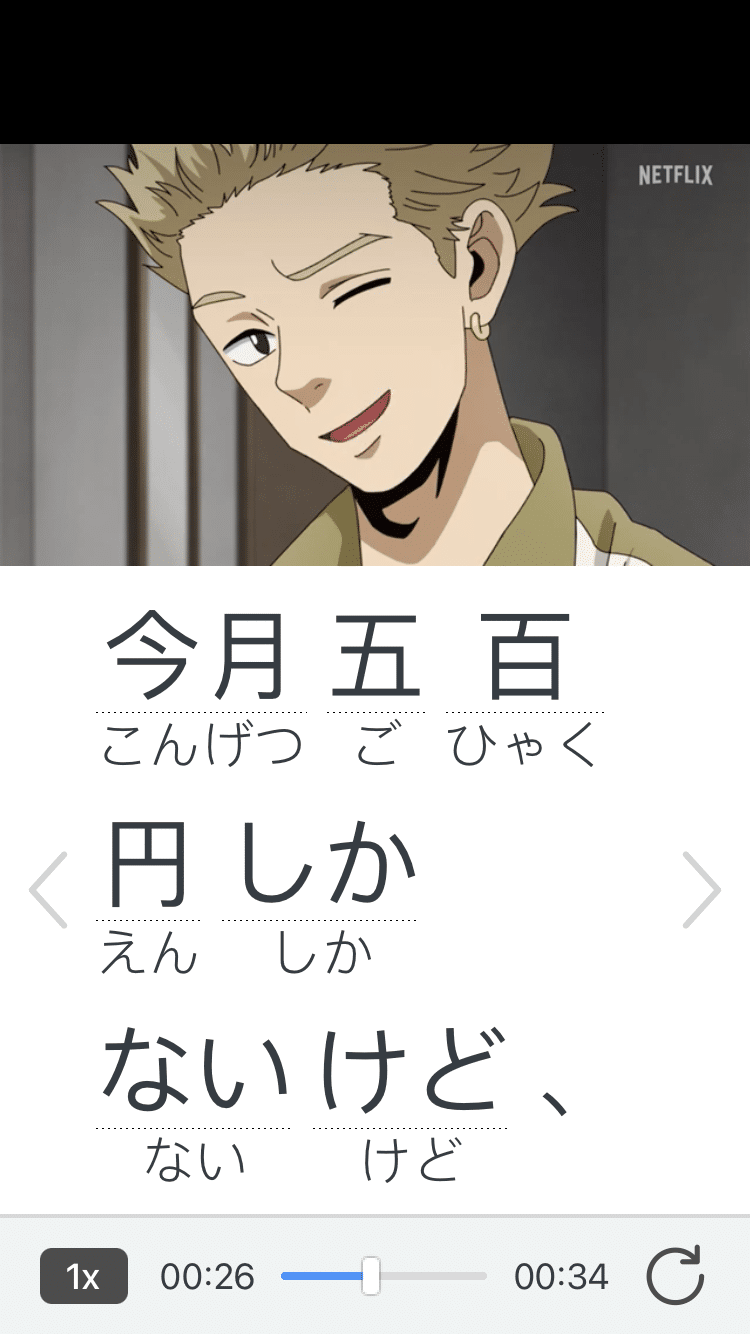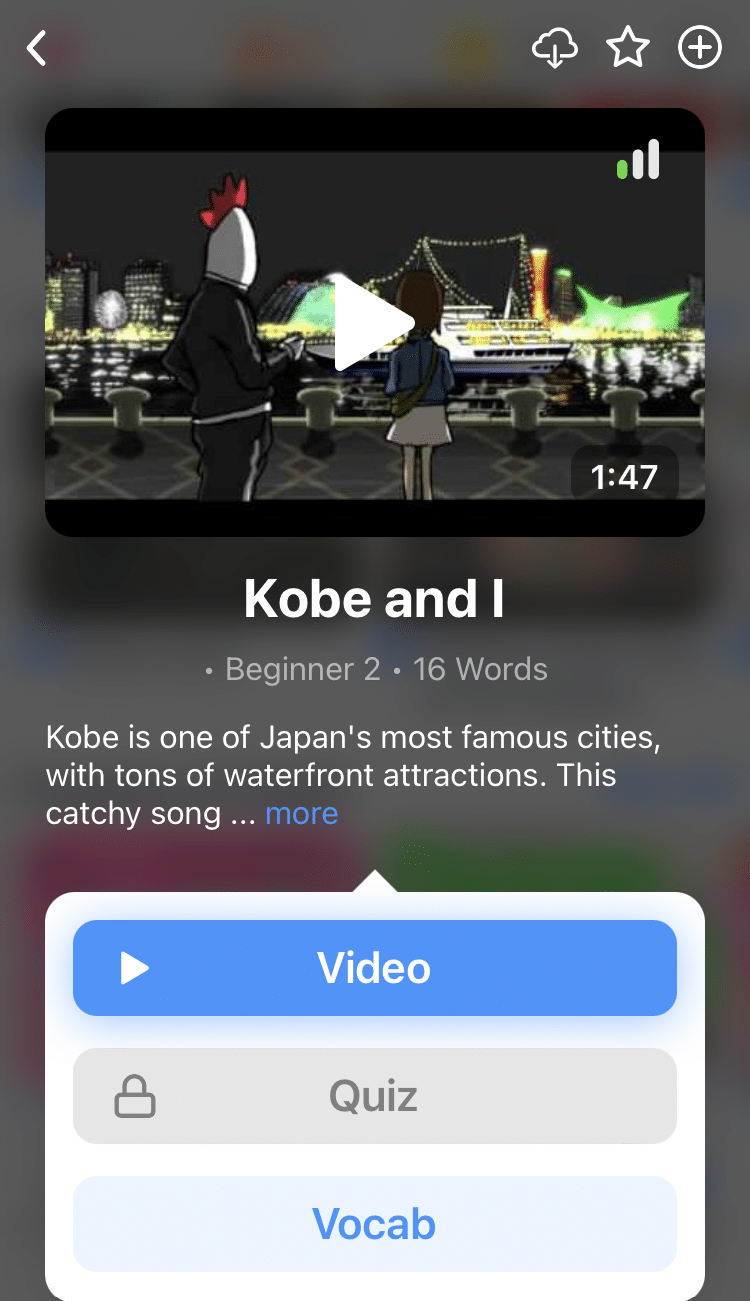
How to Introduce Yourself in Japanese (Formally or Casually)
In Japanese, a one-size-fits-all self-introduction isn’t always appropriate—much like in English!
When getting to know your intimidating new boss, you’d say something like, “It’s a pleasure to be working with you. Thank you for this opportunity. My name is Em,” rather than, “Hey there, nice to meet you! I’m Em! Let’s be best friends!”
How you introduce yourself depends on the situation and level of formality involved.
Below, we cover the most common methods of self-introduction in Japanese, as well as other tidbits you should know (such as vocabulary and culture).
Contents
- How to Write Your Name in Katakana
- Self-Introduction in Japanese: Essential Vocabulary
- Business Card Culture in Japan
- How to Introduce Yourself in Japanese (Formal)
- How to Introduce Yourself in Japanese (Informal)
- And One More Thing...
Download: This blog post is available as a convenient and portable PDF that you can take anywhere. Click here to get a copy. (Download)
How to Write Your Name in Katakana
The Japanese language has a pretty strict set of syllables. It can be difficult for native Japanese speakers to pronounce foreign words and names.
Because of this, it’s important to understand katakana and figure out how to pronounce your name the Japanese way before diving into introductions.
Katakana, like hiragana, is a syllabary where one character represents a particular Japanese syllable. The only difference is that katakana was developed for writing and pronouncing foreign words in the Japanese language.
Using katakana, work out how you’d say your name within the limit of the Japanese syllable system. Here are a few examples:
ジョナサン (じょなさん) — Jonathan
エム (えむ) — Em
ザカリー (ざかりー) — Zachary
ジェシカ (じぇしか) — Jessica
Practice katakana and develop the correct way to pronounce your name in Japanese for improved communication.
Self-Introduction in Japanese: Essential Vocabulary
When introducing yourself, it’s often appropriate to include your position, career, status or any other information about yourself that the other person might need to know. Whether you’re a student, writer or a supervisor at a company, it’s a good idea to learn the relevant vocabulary.
Here are some common words you might use to describe your work in situations like a job interview:
学生 (がくせい) — student
医者 (いしゃ) — doctor
看護師 (かんごし) — nurse
先生 (せんせい) / 教師 (きょうし) — teacher
芸術家 (げいじゅつか) — artist
作家 (さっか) — writer
政治家 (せいじか) — politician
調理師 (ちょうりし) — chef
会計士 (かいけいし) — accountant
兵士 (へいし) — soldier
会社員 (かいしゃいん) — employee
サラリーマン (さらりーまん) — salaryman
フリーター (ふりーたー) — part-timer
監督 (かんとく) / 管理者 (かんりしゃ) — supervisor
エンジニア (えんじにあ) — engineer
If none of these describe you, look up the Japanese word for your profession or the position you hold in your company. It’ll make meeting people much easier, as this is usually one of the first bits of information new acquaintances exchange.
Business Card Culture in Japan
Business cards are important for professional situations in Japan, even for casual networking opportunities.
Study up on Japanese business card culture and put together your own business cards if you plan on working in Japan. It can definitely end up being a major part of how you introduce yourself to other professionals.
Now that you’ve gained some important context on how to introduce yourself in Japanese, let’s finally get into the phrases!
How to Introduce Yourself in Japanese (Formal)
If you just met a Japanese speaker and you’re not sure how to introduce yourself to them, it’s best to err on the side of caution and use the formal register first. That way, you’ll lower your chances of making a faux pas.
Even in situations where you should’ve used the informal register instead, you’re less likely to offend the other person by being overly polite first than by being too chummy from the get-go.
1. “Hello.”
There are a few formal and polite ways to greet someone in Japanese:
おはようございます — Good morning (used for morning greetings until around 10 a.m.)
おはよう様です ( おはようさま です ) — Good morning (slightly less formal)
こんにちは — Hello (used for greetings from around 10 a.m. to dusk)
こんばんは — Good evening (used for the whole evening)
おやすみなさい — Good night (used right before bedtime)
2. お元気ですか? (おげんき ですか?) — How are you?
This is the same whether you’re in a formal or informal situation.
It can be optional, but it adds a sense of caring to your conversation and can help you seem more approachable.
3. … と申します。 (…と もうします。) — I am…
と申します is the more formal way of saying “my name is” or “I am.” Simply precede the phrase with your name. (Note: If you’d like to follow this up with your profession, you should still use … です for that!)
If you’re in a work setting, it may be wise to introduce yourself by your last, then first name.
4. 初めまして。どうぞよろしくお願いします。 (はじめまして。どうぞ よろしく おねがいします。) — Nice to meet you. I look forward to working with you.
This extended version of よろしくお願いします isn’t appropriate for all formal situations and is mostly used for first meetings in school or at work.
This phrase is usually accompanied by a nod or brief bow.
5. “Goodbye.”
In a formal situation, it would be rude to end a conversation with “later, dude.” Here are a few more polite ways to say goodbye:
さようなら — Goodbye
失礼します (しつれい します) — Excuse me (I’m leaving now)
お疲れ様でした (おつかれさま でした ) — Thank you for your hard work (used at the end of a work day)
お先に失礼します (おさきに しつれい します) — Excuse me for leaving first
6. Optional: 自己紹介させていただきます。 (じこしょうかい させて いただきます。) — I will begin my self-introduction.
You could also see this phrase as a way of saying “allow me to introduce myself.” This is a very formal phrase you’d use to introduce yourself to someone at a formal get-together such as a wedding or business trip when you approach them first.
If you’re giving a speech, it would be wise to open with this phrase before beginning the rest of your self-introduction.
In any other situation, this phrase is just a bit too formal to use.
How to Introduce Yourself in Japanese (Informal)
The key to informal introductions in Japanese is to keep things as brief and relaxed as possible, while still being polite and respecting introduction “rules.”
1. “Hello.”
There are a few ways to say hello in Japanese based on the time of day and the vibe of the situation:
おはよう — Good morning (used for morning greetings until around 10 a.m.)
こんにちは — Hello (used for greetings from around 10 a.m. to dusk)
こんちゃ — Hello (shortened version of こんにちは)
こんばんは — Good evening (used for the whole evening)
おーい! — Hey!
ヤッホー! (やっほー!) — Hi!
おす! — Hey! (Used by young men among each other)
よぉ! — Yo! (Used in a really comfortable setting)
2. お元気ですか? (おげんき ですか?) / 元気? (げんき?) — How are you?
These are common expressions used in casual conversation. You may not get a very in-depth response, perhaps as little as a nod with a smile.
The phrases both literally mean “are you healthy?” but they work just like the English “how are you?”—as a greeting, not an actual inquiry into someone’s health or well-being.
元気?is usually used between good friends, while お元気ですか?is a bit more polite.
3. … です。 — I am…
Precede です with your name. For example:
ジョナサンです。 — I am Jonathan.
エムです。 — I am Em.
ザカリーです。 — I am Zachary.
ジェシカです。 — I am Jessica.
This is also how you’d use any one of the essential career words we mentioned above. For instance:
学生です。 — I am a student.
4. 初めまして。 (はじめまして。) — Nice to meet you.
It’s quick, to the point and polite without being overbearingly formal.
5. よろしくお願いします。 (よろしく おねがいします。) — Please show me kindness.
This isn’t the most commonly used phrase out there, but there are a few situations in which you’d use it. If a friend introduces you to someone or you’re networking with someone but not formally working with them yet, this phrase can help you seem friendlier.
There isn’t an exact translation of this term in English, but the closest concept is that you’re asking your new friend to be gentle with your feelings.
6. “Goodbye.”
Remember, keeping things short and sweet but still genuine is the key to making a great informal introduction. Here are a few ways to wrap things up:
じゃあね — Bye
またね — See you soon
バイバイ (ばいばい) — Bye-bye
では、また — Well then, see you
Watching actual Japanese speakers introduce themselves to each other is an excellent way to learn the nuances and pick up even more self-introduction vocab. You can also visit some tried-and-tested websites to learn Japanese like FluentU.
FluentU takes authentic videos—like music videos, movie trailers, news and inspiring talks—and turns them into personalized language learning lessons.
You can try FluentU for free for 2 weeks. Check out the website or download the iOS app or Android app.
P.S. Click here to take advantage of our current sale! (Expires at the end of this month.)

This list of phrases might seem a little complicated if you’ve never introduced yourself in Japanese before. Keep in mind that you won’t have to use all of these constantly if you’re planning on traveling to or living in Japan.
Knowing how to introduce yourself in Japanese, however, will really help you improve your overall fluency—and make some friends along the way!
And One More Thing...
If you love learning Japanese with authentic materials, then I should also tell you more about FluentU.
FluentU naturally and gradually eases you into learning Japanese language and culture. You'll learn real Japanese as it's spoken in real life.
FluentU has a broad range of contemporary videos as you'll see below:

FluentU makes these native Japanese videos approachable through interactive transcripts. Tap on any word to look it up instantly.

All definitions have multiple examples, and they're written for Japanese learners like you. Tap to add words you'd like to review to a vocab list.

And FluentU has a learn mode which turns every video into a language learning lesson. You can always swipe left or right to see more examples.

The best part? FluentU keeps track of your vocabulary, and gives you extra practice with difficult words. It'll even remind you when it’s time to review what you’ve learned. You'll have a 100% personalized experience.
Start using the FluentU website on your computer or tablet or, better yet, download the FluentU app from the iTunes or Google Play store. Click here to take advantage of our current sale! (Expires at the end of this month.)


